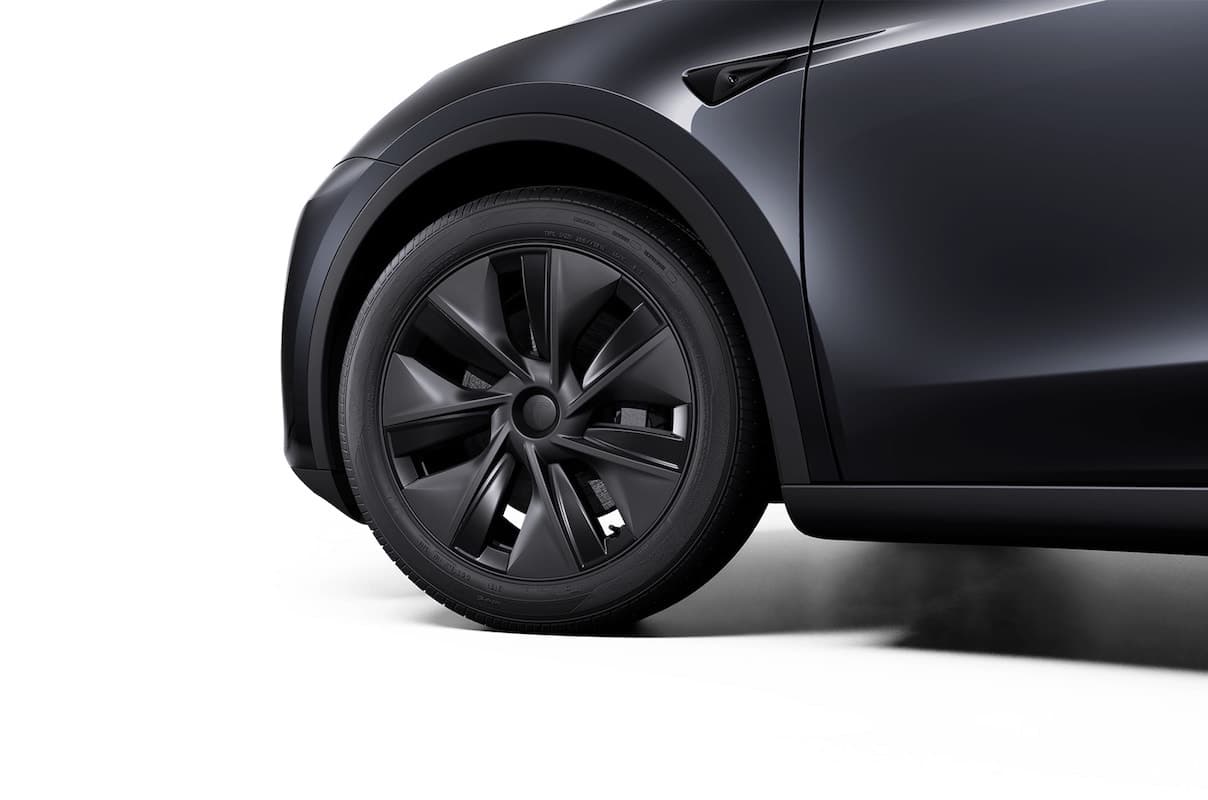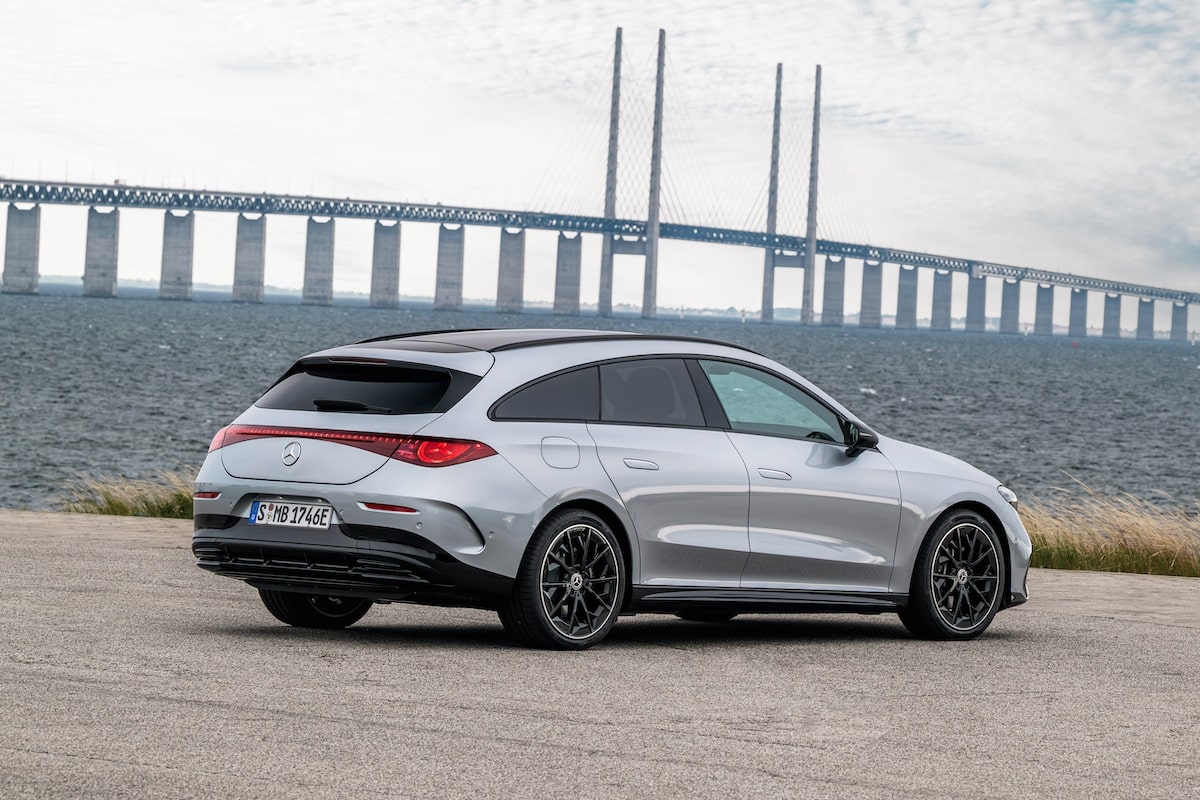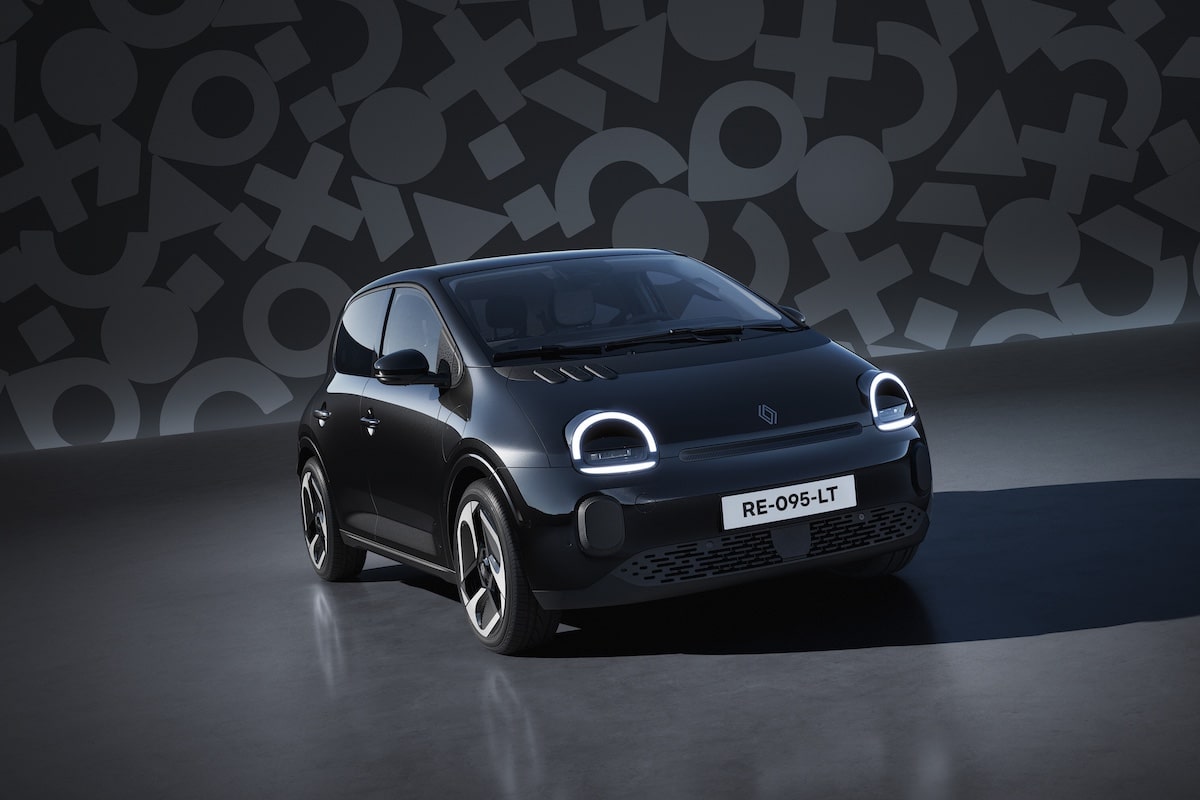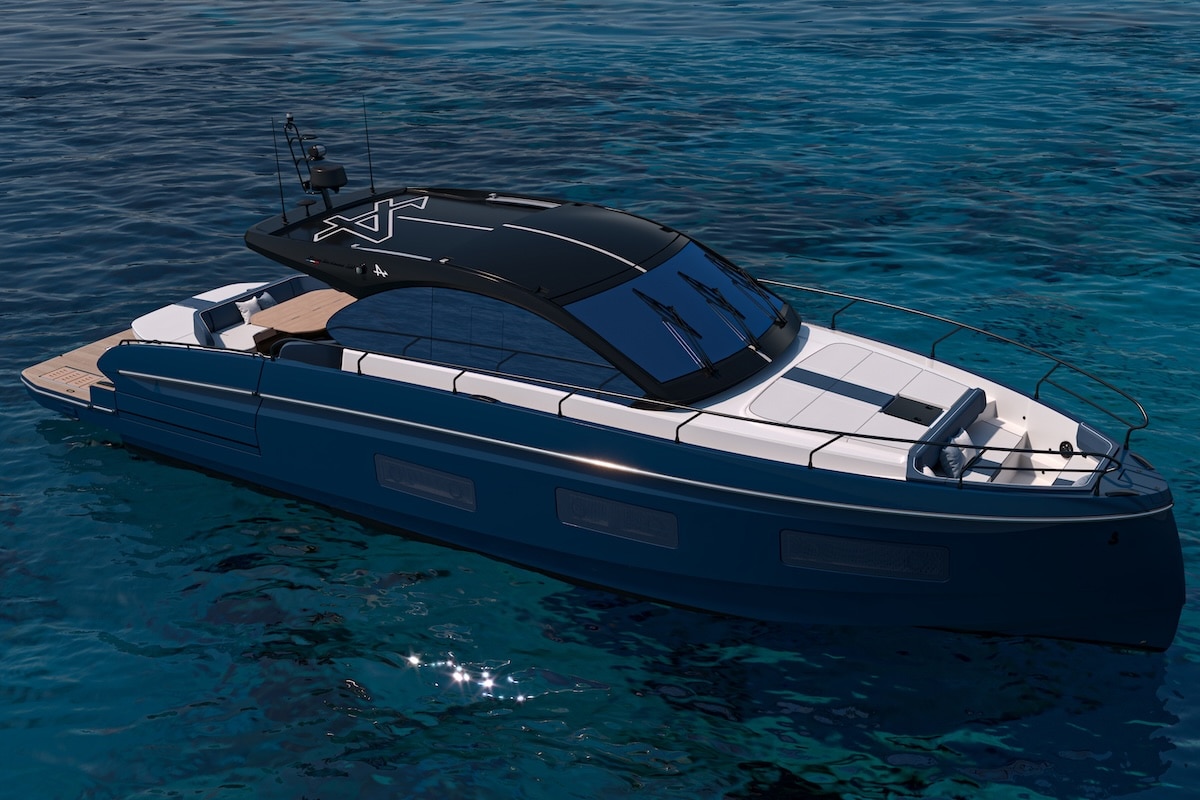Why don’t Tesla cars have the same tires in Europe and the USA?

Two business philosophies clash between Europe and the USA regarding the original equipment tires of new Tesla vehicles.
Perhaps you have never asked yourself why Telsa cars sold in Europe come with summer tires, whereas the same models in the United States benefit from so-called “all-season” tires.
The primary explanation for this difference between the tires provided on Tesla vehicles in the United States and Europe is linked to climatic differences, local regulations, and consumer preferences in these regions.
In the United States, climatic conditions vary greatly from state to state, with some areas experiencing harsh winters and others enjoying milder climates. All-season tires serve as a practical compromise, offering acceptable performance across a wide variety of weather conditions without the need for seasonal tire changes. This phenomenon is less pronounced in Europe, except in northern countries.
In Europe, regulations are often stricter regarding the types of tires required based on the season. In several European countries, it is mandatory to use winter tires during a certain time of the year or when weather conditions demand it. As a result, summer tires often come as standard, leaving it up to consumers to switch to winter tires when necessary.
European consumers also have a different driving culture that values performance optimization. In contrast, in the United States, all-season tires are widely accepted and appreciated for their convenience and versatility.

What impact on range?
The type of tires used on an electric vehicle can significantly impact the vehicle’s range.
All-season tires are designed to provide balanced performance in a variety of conditions, including rain, light snow, and dry surfaces. However, their more complex tread patterns and softer rubber (to accommodate a range of temperatures) may lead to higher rolling resistance compared to summer tires. Higher rolling resistance means more energy is needed to keep the vehicle moving, which reduces range.
In contrast, summer tires have a simpler tread pattern and a harder rubber, optimized for warm temperatures and dry surfaces. This reduces rolling resistance, allowing the vehicle to roll more efficiently and thus improving range. According to some estimates, this could translate into a 3 to 5% improvement in range with summer tires compared to all-season tires, depending on driving conditions.
What other differences?
Summer and all-season tires also differ in terms of road noise and purchase price. Anyone who has driven on the American road network, primarily made of concrete slabs, will have been surprised by the noise level inside the car due to the rolling noises. All-season tires do not help to limit this phenomenon but offer a bit more comfort due to their slightly less rigid sidewalls.
Furthermore, the price of all-season tires is generally slightly higher than that of summer tires due to their versatility and construction designed to provide adequate performance in a wider range of weather conditions. However, their durability is often lower, requiring more frequent replacements. Having the right tires for the current circumstances, summer and winter, is often more relevant and economical in the long run.
In summary, Tesla adapts its vehicles to local market expectations and needs, which explains the difference in tires between models delivered in America and those delivered in Europe.
This page is translated from the original post "Pourquoi les Tesla n’ont pas les mêmes pneus en Europe et aux USA ?" in French.
We also suggestthese articles:
Also read






